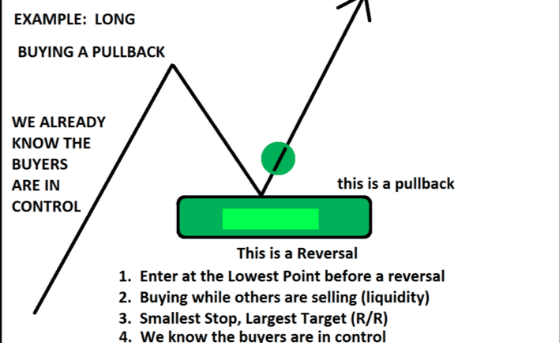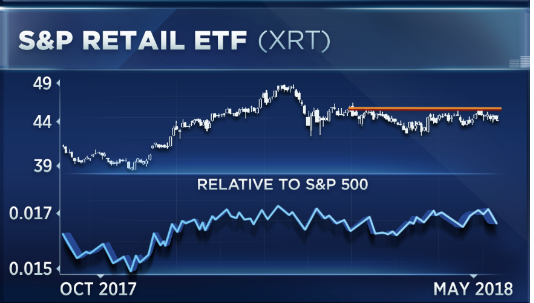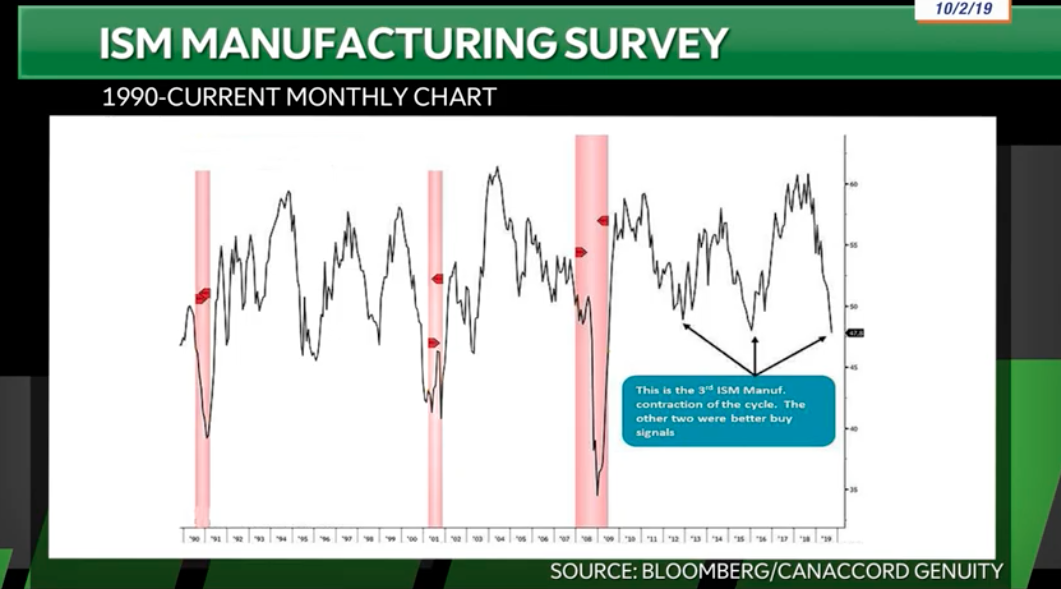Autos, no autos, as sales for the big three U.S. automakers came in today!
General Motors Co. said December sales slipped 3.3%, to 308,539 vehicles. The nation’s largest auto maker posted solid gains in pickup trucks and crossover SUVs—among its most profitable products—and posted record sales for the year in both categories. Analysts were pleased that GM had cut its inventory of unsold vehicles at the end of December to 63 days supply unsold vehicles, beating its target of around 70 days supply. The automaker said its average transaction price hit $35,400 in 2017, above the industry average of $31,600.
Ford Motor Co reported a 1.3% increase in December sales to 240,910 units. The results included a 2% increase in sales of its franchise F-series pickups—the nation’s top-selling model—and an 8% increase in sales of its SUVs.
Fiat Chrysler Automobiles NV sales were down 11% to 171,946 units, because of a planned reduction in fleet sales, down 42% from a year ago. Sales declined across most of the automaker’s brands for the month, including a 12% decline in Jeep sales, the company’s largest brand. Car companies and analysts see U.S. sales falling below the 17-million mark in 2018, which would be the first time since 2014 sales haven’t exceeded that mark.
Other auto manufactures results are as follows:
- Toyota Motor said its sales fell 8.3 percent in December, with decreases across all segments.
- Honda Motor posted a 7 percent drop in sales in December, driven mostly by declining passenger car sales.
- Nissan Motor reported a 9.5 percent drop in sales.
In other news, we had some continued strength in the economic data readings. The Institute for Supply Management said Wednesday its manufacturing index rose to 59.7%, the second-highest reading of the year, from 58.2% in November. Sixteen of the 18 industries tracked by ISM reported growth. Across the subcomponents, production rose to 65.8 from 63.9 and new orders jumped to 69.4 from 64.
The S&P 500 has officially broken through 2,700 today and has marched higher throughout much of the trading day. Below is a chart of the S&P 500, steadily climbing through 2017 and into the early days of 2018.

And the latest S&P 500 rally has come on a day when the FOMC minutes were released. The Federal Reserve in December forecast three rate hikes in 2018, but minutes of that central bank meeting released Wednesday show a distinct dissention amongst the Fed members.
Some, more dovish officials believe that 3 rate hikes this year might be too aggressive. These officials argued that 3 rate hikes might prevent a “sustained” return to the Fed’s 2% inflation target. The other, more hawkish officials thought the forecast of 3 rate hikes was too slow. These officials noted that financial conditions had not tightened since the Fed started raising rates at the end of 2015 and that continued low rates risked financial instability. It’s clear that Fed officials aren’t’ even on solid footing with their very own forecast for 2018. Having said that, investors largely believe a rate hike of .25 bps is coming in March.
Minutes from the FED meeting showed that Fed officials expect only a modest impact on the economy from the Republican tax plan. The Fed staff said it pushed up its forecast for GDP growth modestly because the final tax plan was larger than assumed. Moreover, Fed officials said there would be a modest boost to capital spending from Washington’s Tax Reform bill, but the benefits to the economy were uncertain at present.










